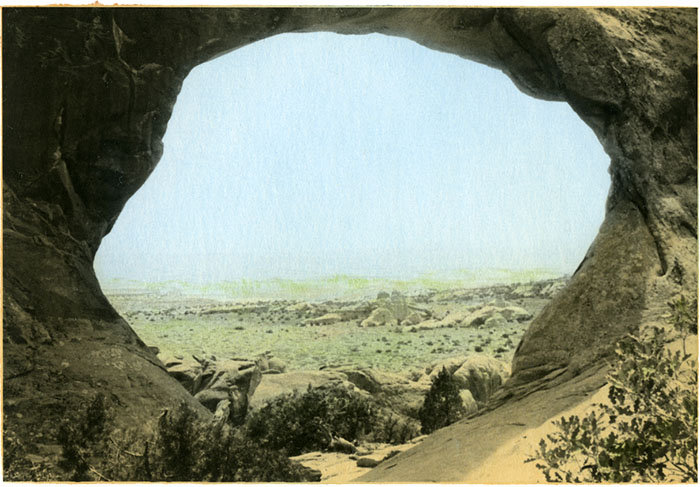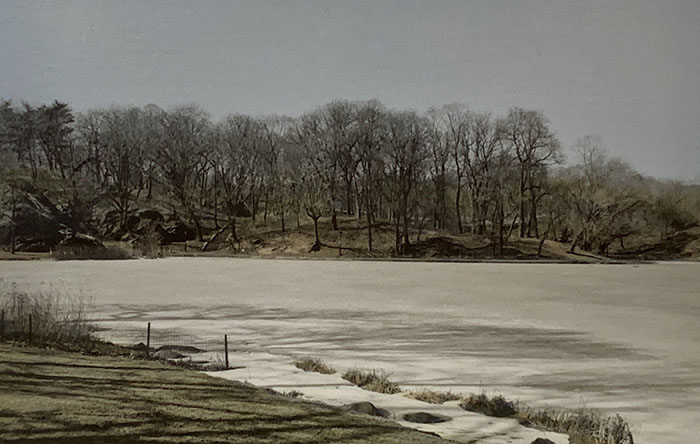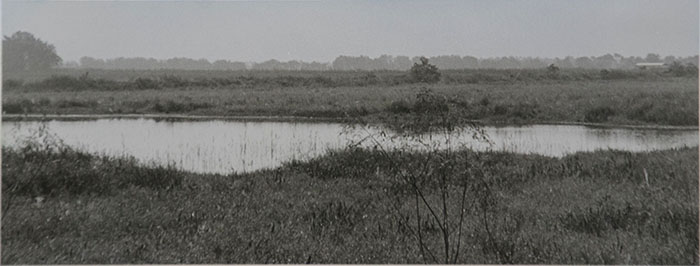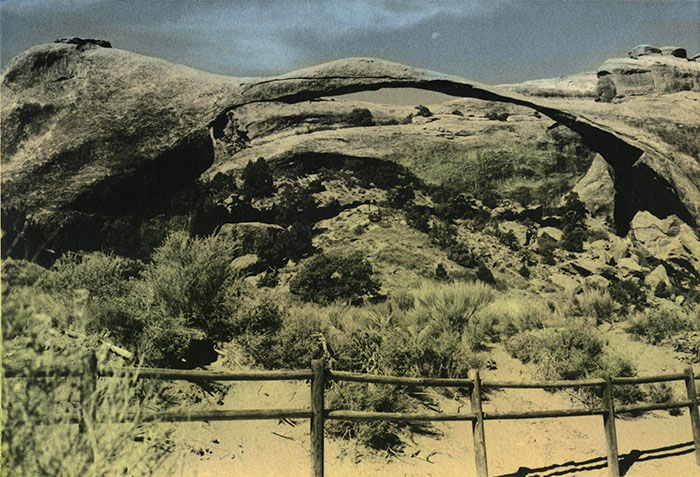Traveling



More time at home does not necessarily mean more time for art making. With a studio space behind my house, one might assume that a quarantine would allow for long hours of concentrated creativity. That has not been the case. With family at home in isolation, there are more meals to cook, more household tasks, more time spent listening to the cares and concerns of anxious offspring. While grateful that I do not have young children to homeschool, I keep eyes and ears open as my youngest child navigates the transition from high school to college.
The daily news feed of death and destruction is slowly making its way into new work. However, my fragmented attention span has not been conducive to exploring new bodies of work in depth, so I have continued with an archival project that I began several months ago. In an effort to organize forty years of black and white negatives, I have found many images of places that no longer exist as they did when I took the photographs. New roads, buildings, campgrounds, floods, droughts, forest fires, hurricanes, landslides . . . all have altered the scenes and vistas that once caught my eye.
I chose the word "traveling" to categorize a series of gelatin silver photographs, printed on matt paper with applied color. I use a process that dates back to the 19th century, long before the introduction of color film. Most artists use digital technology; it is indispensable for documenting art, and it has opened up a new world for photographers and photojournalists. The images caught by the click of a shutter are immediate and can be left as is or manipulated with digital technology, or deleted from the memory card almost immediately.
With black and white film photography, negatives must be developed before images come to life in a chemical bath. Printing in a wet darkroom slows everything down and gives one time to think about process, technique and the value of combining old and new. While the viewer might see only a field, a body of water, a mountain or a rock formation, I see change and a sense of passing time.



Mary Howe Hawkins lives and works in Houston, Texas.